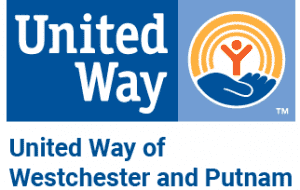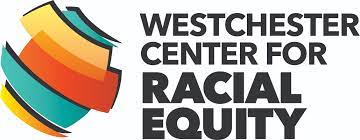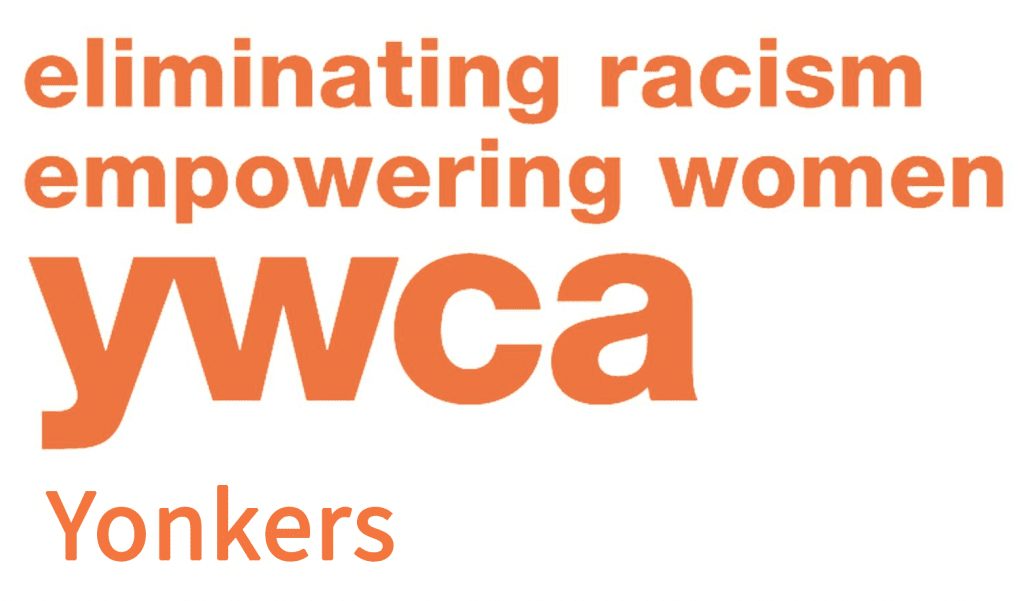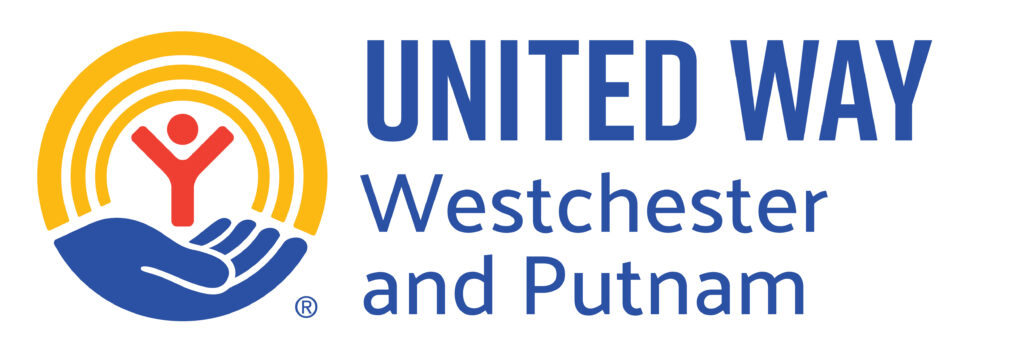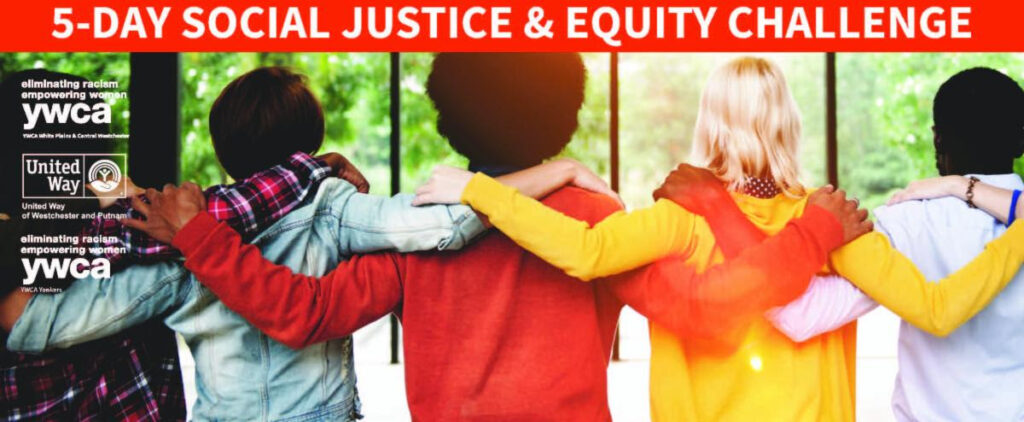
Racism and Housing Day 4: Urban Renewal and its Impact on Minority Communities

Urban renewal was a federal program that began in the 1940s and lasted for several decades. The goal of urban renewal was to revitalize cities that were struggling economically and physically. However, the program had a significant impact on minority communities, often displacing them and destroying their homes and businesses.
One of the most well-known examples of urban renewal is the demolition of the West Side of Chicago in the 1960s. This area was home to a large African American community, and the demolition displaced over 200,000 people. The new development that replaced the West Side was largely white and middle-class.
Similar stories can be found in cities across the United States. In New York City, the Lower East Side was demolished to make way for the Lincoln Center for the Performing Arts. In Philadelphia, the Central City Renewal Project displaced thousands of African Americans and Puerto Ricans. And in Atlanta, the demolition of the Black Bottom neighborhood was part of a plan to build the new downtown.
The impact of urban renewal on minority communities was devastating. Many people were displaced from their homes and businesses, and they often had difficulty finding new housing that they could afford. The loss of their homes and businesses also disrupted their social networks and sense of community.
In addition, the demolition of minority neighborhoods often led to increased segregation. As people were displaced, they were often forced to move to other neighborhoods that were already predominantly minority. This segregation made it more difficult for people of color to access jobs, education, and other opportunities.
Urban renewal was a well-intentioned program, but it had a devastating impact on minority communities. The program was based on the assumption that cities were slums that needed to be cleared and rebuilt. However, this assumption ignored the fact that many minority communities were vibrant and thriving. The demolition of these communities was a major setback for the progress of civil rights in the United States.
In recent years, there has been a growing movement to acknowledge and address the harms of urban renewal. In some cities, governments have begun to provide reparations to the communities that were displaced by urban renewal. There is also a growing movement to preserve and revitalize historic minority neighborhoods.
The legacy of urban renewal is a complex one. The program had some positive outcomes, such as the construction of new housing and infrastructure. However, the program also had a devastating impact on minority communities. It is important to remember this history so that we can avoid repeating the mistakes of the past.
Some of the specific ways in which urban renewal impacted minority communities include displacement, segregation, economic hardship, loss of community. Millions of people were displaced from their homes and businesses due to urban renewal projects. This displacement was often forced and traumatic, and it had a major impact on the lives of those affected.
Additionally, urban renewal projects often led to increased segregation, as people of color were displaced from their homes and forced to move to other neighborhoods that were already predominantly minority. This segregation made it more difficult for people of color to access jobs, education, and other opportunities. Urban renewal projects also led to economic hardship for minority communities. This was because the projects often destroyed businesses and jobs in minority neighborhoods.
Finally, urban renewal projects often led to the loss of community for minority residents. This was because the projects often destroyed homes, businesses, and other important community landmarks.
One of the most well-known examples of urban renewal in Westchester County is the demolition of the Lincoln Houses in Yonkers. The Lincoln Houses were a public housing complex that was home to many low-income families, including a large number of African Americans. The complex was demolished in the 1960s to make way for a new shopping mall. The demolition of the Lincoln Houses displaced over 1,000 families, and it contributed to the increased segregation of Yonkers.
Another example of urban renewal in Westchester County is the construction of the Cross County Parkway. The Cross County Parkway was built in the 1950s and 1960s, and it cut through several minority neighborhoods. The construction of the parkway displaced hundreds of families, and it contributed to the decline of these neighborhoods.
The impact of urban renewal on minority communities in Westchester County was far-reaching and long-lasting. The program had a significant impact on the lives of millions of people, and it continues to shape the landscape of the county.
In recent years, there has been a growing movement to acknowledge and address the harms of urban renewal. In Westchester County, there have been efforts to preserve and revitalize historic minority neighborhoods, such as the Getty Square Historic District in Yonkers. There has also been a call for reparations for the communities that were displaced by urban renewal.
The impact of urban renewal on minority communities was far-reaching and long-lasting. The legacy of urban renewal is a complex one. The program had some positive outcomes, such as the construction of new housing and infrastructure. However, the program also had a devastating impact on minority communities. It is important to remember this history so that we can avoid repeating the mistakes of the past.
Today's Challenge
READ
The Legacy of Urban Renewal in New York City – https://due-parsons.github.io/methods3-fall2016/projects/the-legacy-of-urban-renewal-in-new-york-city-/
Tearing Down Black America
https://www.bostonreview.net/articles/brent-cebul-tearing-down-black-america/
WATCH
Westchester Segregation Update : HUD Pulls 7.4M From County
https://youtu.be/K134vbeXSsA?si=bn-oHiJ_fc4YTpQP
Racial Inequlaity in Urban Planning
LISTEN
Black History for White People – Gentrification
https://podcasts.apple.com/us/podcast/black-history-for-white-people/id1514522005?i=1000530941812
REFLECT
Reflecting on urban renewal policies and racism in Westchester County, NY, consider asking yourself the following questions: What are the current urban renewal and development policies in the county, and do they address past issues related to racism and equity? To what extent are local communities, particularly those historically marginalized, involved in the decision-making processes related to urban renewal and development?
ACT
To change the effects and impacts of urban renewal in Westchester County, a person can advocate for Equitable Urban Planning and Development: Engage with local government officials, community leaders, and advocacy groups to promote urban planning and development that prioritizes equity, affordable housing, and community input. Attend town hall meetings and public hearings to voice concerns and support more inclusive development policies.
These articles were curated by a local committee to be used as a list of resources pertinent to DEI topics. The 21-Day Racial Equity Challenge Committee would like to thank and give attribution to those who created the content above, which reflects their individual perspectives. We do not support nor endorse any advertisements associated with the above content.
The 5-Day Social Justice Journey is brought to you by
